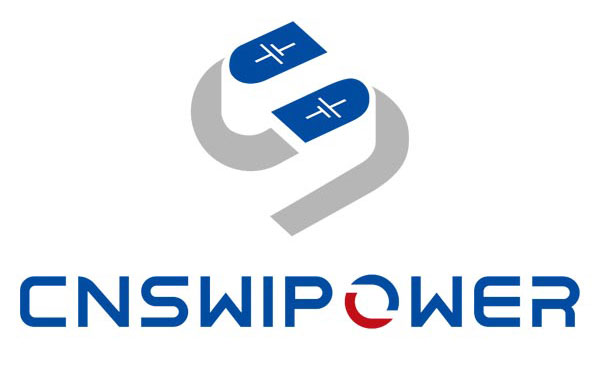In the ever - evolving landscape of electric vehicle (EV) charging ecosystems, two unsung heroes play pivotal roles: the DC Charging Power Distributor and the V2L Power Discharger. These components are not just technical add - ons but essential cogs in the wheel that keeps the EV charging ecosystem running smoothly and innovatively.

Let's start with the DC Charging Power Distributor. In the bustling world of EV charging, where multiple vehicles may need to be charged simultaneously, this device steps in as the master regulator. Its primary function is to take the direct current (DC) power source and distribute it judiciously among various charging piles. Different EVs have varying charging power requirements, and the DC Charging Power Distributor ensures that each vehicle gets precisely the amount of power it needs. This not only optimizes the charging process, reducing the time it takes to fully charge a vehicle, but also safeguards the integrity of the charging network. By preventing overloading and ensuring balanced power distribution, it helps maintain the orderly operation of the entire charging infrastructure.
Now, onto the V2L Power Discharger. This nifty device unlocks a whole new realm of possibilities for EVs. V2L, or Vehicle - to - Load, allows an electric vehicle to act as a mobile power source. It can discharge electricity to external loads such as household appliances or outdoor equipment. Picture a scenario where there's a power outage at home. Instead of sitting in the dark, your EV, equipped with a V2L Power Discharger, can supply emergency power to keep essential appliances running. Or, during an outdoor camping trip, you can use your EV to power up lights, fans, and even small cooking appliances. This not only extends the utility of the EV but also makes it an integral part of a more sustainable and flexible energy ecosystem.

In conclusion, the DC Charging Power Distributor and V2L Power Discharger are key elements in the EV charging ecosystem. They not only enhance the functionality and efficiency of EV charging but also open up new avenues for energy utilization. As the EV market continues to grow and evolve, these devices will undoubtedly play an even more significant role in shaping a sustainable and convenient future for electric vehicle users.
